Brought to Light
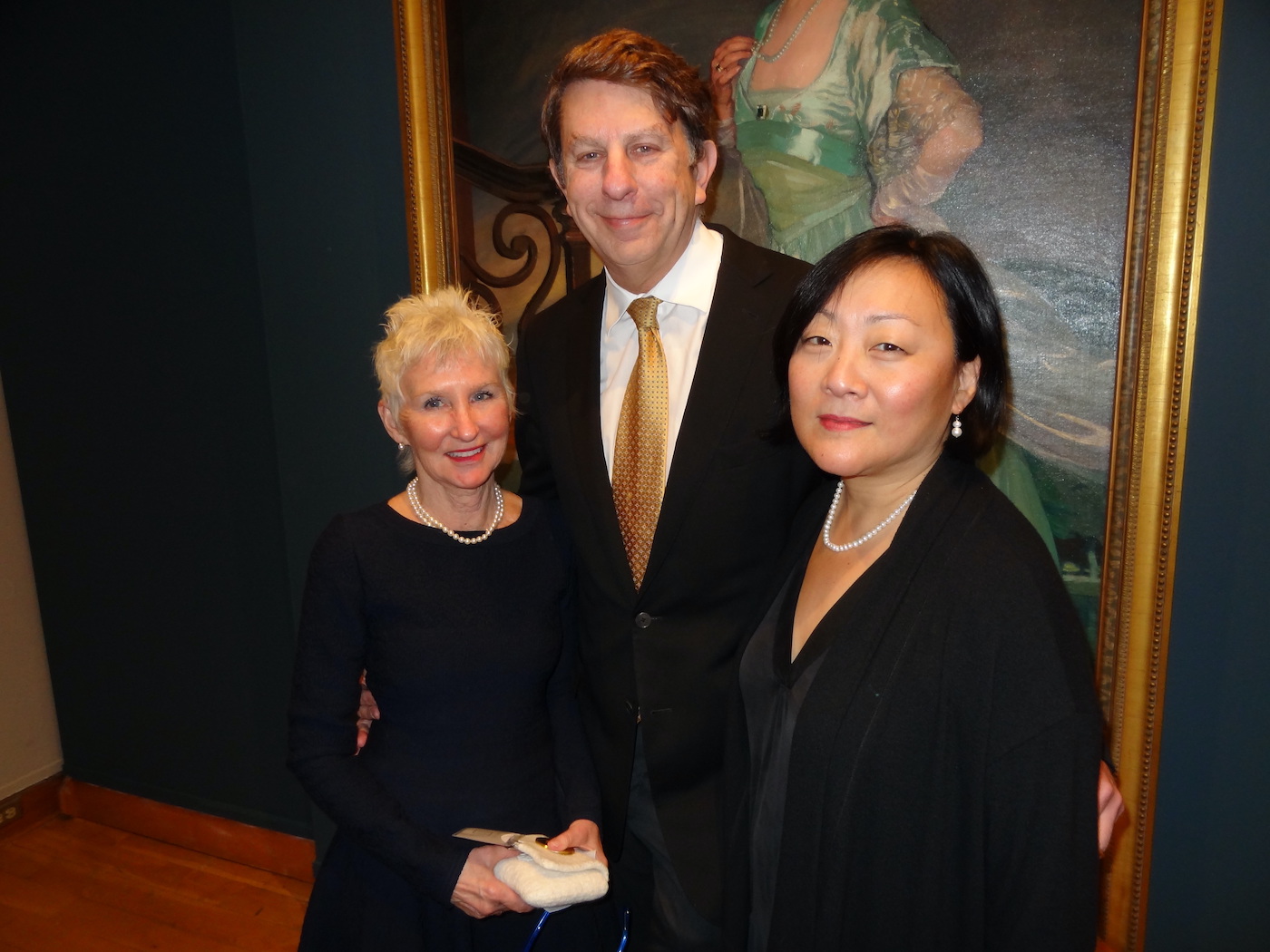
A special preview reception was held at the Santa Barbara Museum of Art (SBMA) for exhibition sponsors, sustaining trustees, legacy society, benefactors circle, director’s patron, PhotoFutures, and special guests. This was followed by a reception for all of the members.
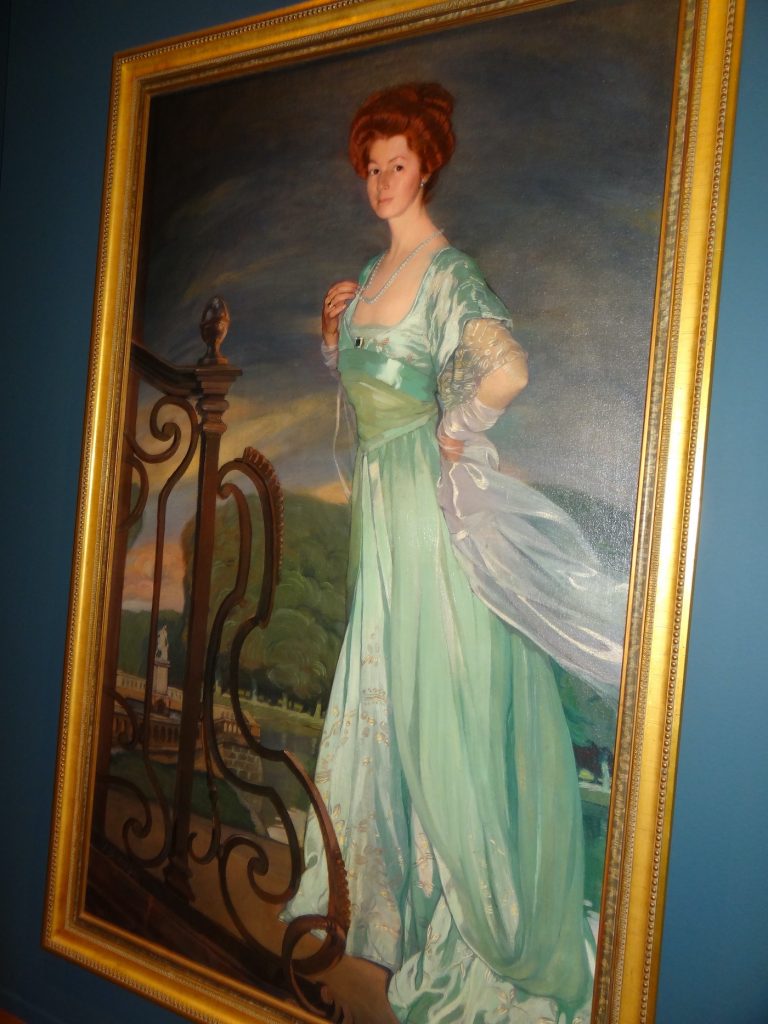
The new exhibition titled “Brought to Light” is drawn from the 28,000 works of art in the museum’s own collection and it’s all about portraits, both painted and photographs. Charlie Wylie, curator of photography and new media, and Eik Kahang, assistant director and chief curator, led the way.
The collection is broken down into three areas: revelatory photographs; Crosscurrents: The painted portrait in America, Britain, and France, 1750 to 1850; and Crosscurrents: American and European Portrait Photographs, 1810 to 1900.
Since SBMA’s founding in 1941, they have always featured photography as an art form in its exhibition program. The museum’s photographs have grown to approximately 8,000 pieces. With the major renovations going on, the museum will have a permanent gallery for photography for the first time.
This exhibition is made possible through the generous support of the Dana and Albert R. Broccoli Charitable Foundation, Frances E. Kent, SBMA Women’s Board, SBMA PhotoFutures, Gwendolyn and Henry Baker, Patricia and Richard Blake, Roxana and Fred Anson, Susan Bower, Lorna S. Hedges, Priscilla and Jason Gaines, and Barbara and Owen Patotzka.
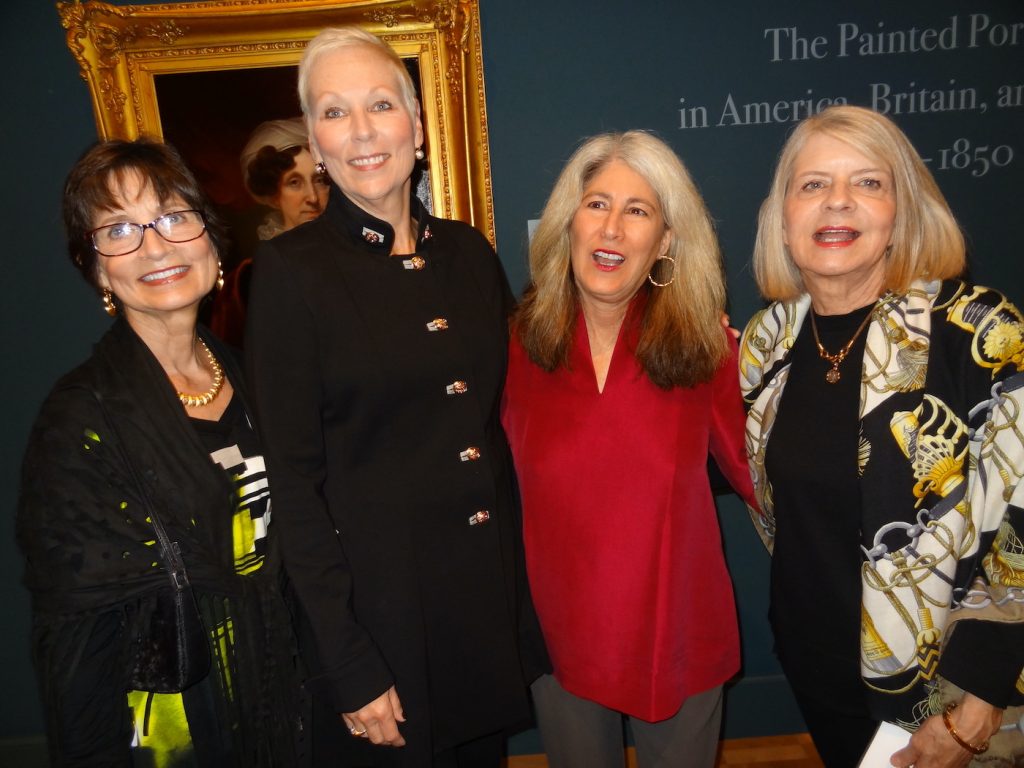
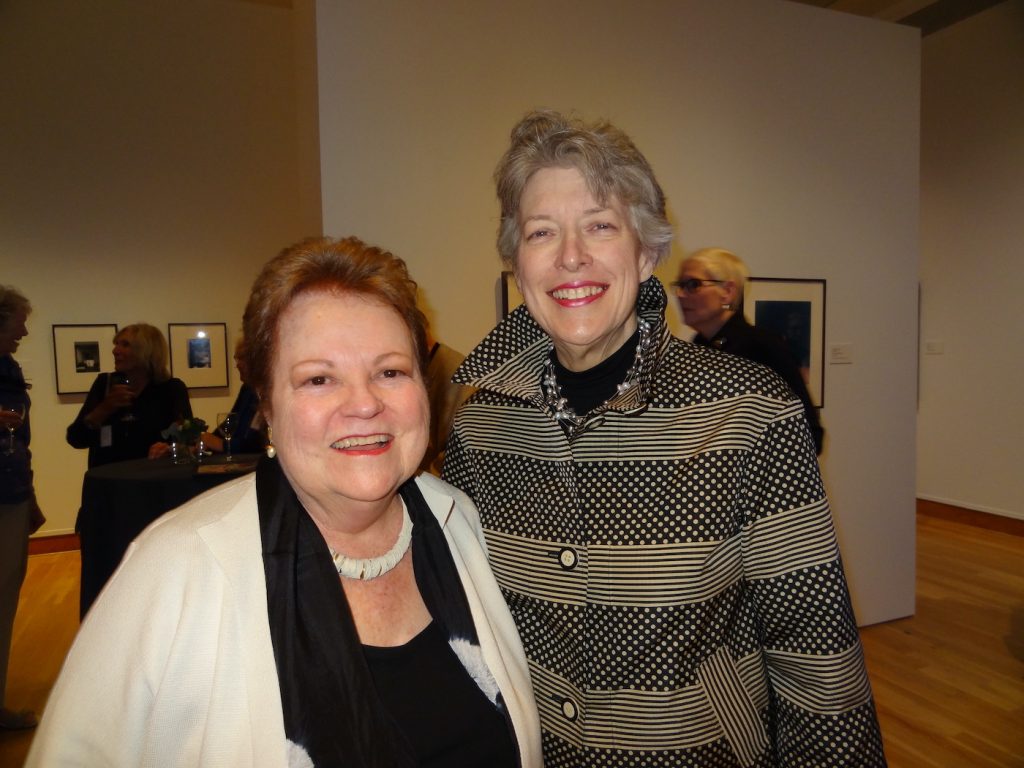
Before the invention of photography, painted portraits were the most coveted means of commemorating family members and VIPs in society. Within two months of the discovery of photography, first announced by the French on August 19, 1839, photographers began taking pictures of loved ones and their friends.
It’s interesting to note that photography was discovered or invented in two countries at the same time – in France and in Great Britain – with neither inventor aware of the other’s discovery. Soon they were exchanging information, and great technical progress was made.
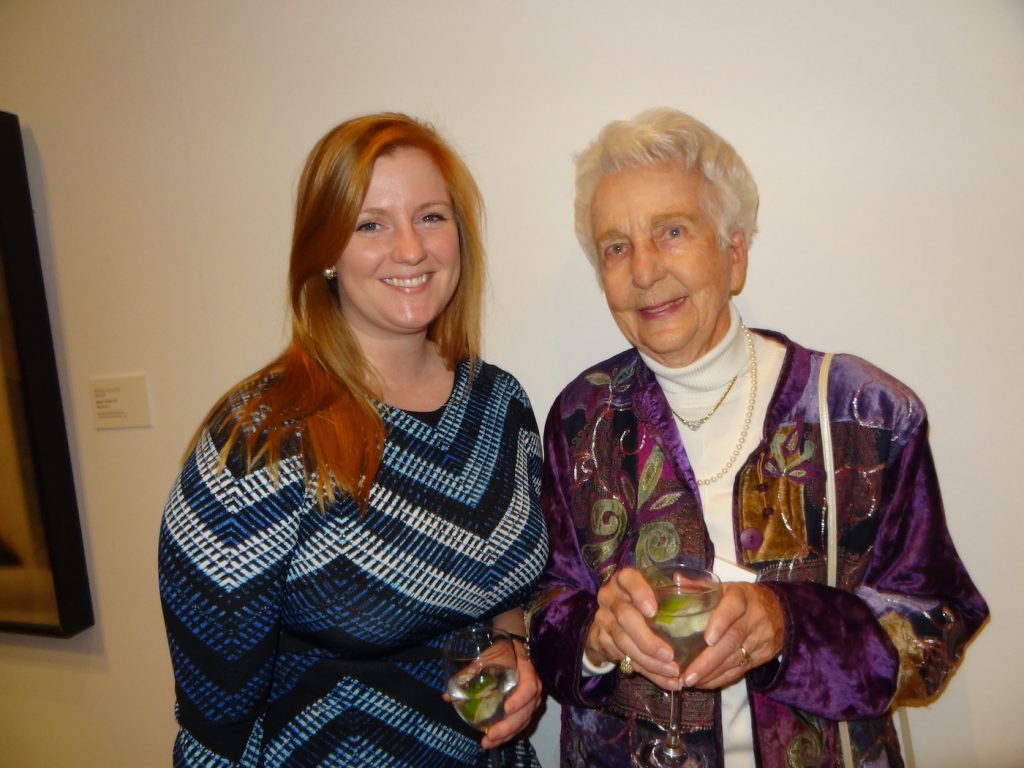
Larry J. Feinberg, Robert and Mercedes Eichholz director and CEO, told us about the renovation that was begun 20 months ago. Stage 1 will be completed this summer. Much seismic retrofitting has been completed. Remember this building used to be a United States Post Office.
The museum has raised more than $32 million of the total $50 million goal. This extraordinary progress is partly due to donors, current and sustaining trustees, campaign volunteers, and senior staff members who banded together to meet the Eichholz Inspiration Challenge Match raising a total of $9 million.
Some of the museum members attending the evening festivities were Toni and Al Amortequy, Gwen and Henry Baker, Barbara Ben–Horin, Penny Haberman, Wilson Quarre and Peggy Wiley, and Carolyn and Bob Williams.
The SBMA will have free entrance for the month of February. A good place to stroll.
An Evening with Condoleezza Rice
The Arlington Theatre filled with 1,300 folks who came to hear Condoleezza Rice and her opinions and expertise on global affairs, national security, and education. UCSB Arts & Lectures Miller McCune executive director Celesta M. Billeci introduced the guest speaker and informed the audience that the event sponsors were Ellen and Peter O. Johnson and Loren Booth.
Dr. Rice was born in Birmingham, Alabama, so she has witnessed first-hand the segregation and integration of the south. When she was young, one of her friends was killed when a bomb was set off in their church. She noted that her dad always told her, “If someone doesn’t want to sit by you because of the color of your skin, that’s all right as long as they move.”
Condoleezza is currently the Denning professor in Global Business and the Economy at the Stanford Graduate School o f Business; the Thomas and Barbara Stephenson senior Fellow on public policy at the Hoover Institution; and a professor of Political science at Stanford University.
From January 2005 to 2009, Rice served as the 66th secretary of state of the United States, only the second woman and first African-American woman to hold the job. She was also president George W. Bush’s assistant to the president as National Security advisor (the first woman).
She was provost at Stanford being responsible for a $1.5 billion annual budget and the academic program involving 1,400 faculty members and 14,000 students. From 1989 to 1991, she served on president George H.S. Bush’s National Security Staff. She has served as director, senior of Soviet and East European Affairs. In her talk, she commented that she knew Russia’s Vladimir Putin, calling him Putin the Great as in Peter the Great or Alexander the Great, hinting that’s what he thinks of himself.
Rice has authored and co-authored many books such as three best sellers: Democracy: Stories from the Long Road to Freedom, No Higher Honor: A Memory of my Years in Washington, and Extraordinary, Ordinary People: A Memoir of Family.
She believes one of our countries problems is our educational system – third graders who can’t read, for instance. She co-founded the Center for a New Generation (CNG) an innovative after-school academic enrichment program. They have since merged with the Boys and Girls Club and also expanded to local chapters in Birmingham, Atlanta, and Dallas.
Dr. Rice serves on many boards and was appointed to the NCAA’s College Football Playoff Selection Committee. She believes the NBA handled the recent brouhaha about “not standing for the national anthem” in the right way. It wasn’t to be allowed. She said, “If you’re going to protest, you need to do it in a way that doesn’t offend people.” This race protest turned into a fuss about saluting the flag and standing for the anthem, instead of race.
Rice’s credits go on and on. She did her whole speech with no visible notes and answered all the Q&A questions in depth.
Condoleezza’s mother was a piano teacher, and she taught her daughter to read music and play before she could actually read. When Condoleezza was 10, she told her mother that she wanted to quit the piano. Her mom said, “You’re not old enough or smart enough to decide that.” Condoleezza went on to study to become a concert pianist but eventually decided she didn’t have the right stuff for that career. She did get to play with the famous cellist Yo–Yo Ma at the White House, but as she noted, “It was not because I was the greatest pianist, but because I was National Security advisor.”
According to The New York Times, “Rice as secretary of state in the second Bush term emerged as the single most influential voice shaping foreign policy.”
One of the treasures of our town is UCSB’s Arts & Lecture series. Check out their winter and spring calendar at www.ArtsAndLectures,UCSB.edu or call (805) 893-3535. There’s something for everyone.







